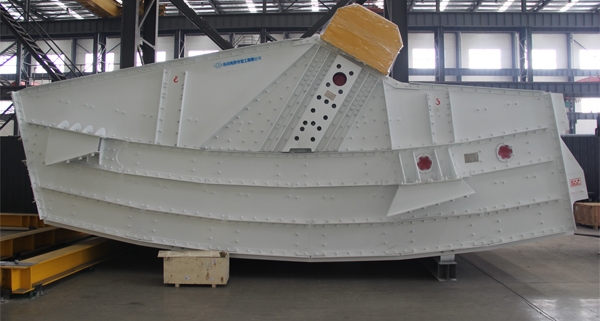Selecting the right linear vibrating screen for your application involves considering several key factors to ensure the screen meets your specific needs. Here’s a guide to help you make the right choice:
Linear Vibrating Screen Selection Guide

1. Material Characteristics
Particle Size and Distribution: The screen mesh size should match the particle size of the material. Fine materials require a finer mesh, while coarser materials need a coarser mesh.
Moisture Content: Materials with high moisture content may require special screens designed to handle wet or sticky materials, or additional features like a dewatering system.
Bulk Density: The density of the material will affect the screening efficiency. Denser materials require more robust screens.
Material Abrasiveness and Corrosiveness: If the material is abrasive or corrosive, select screens made from wear-resistant or corrosion-resistant materials.
2. Screening Capacity and Efficiency
Throughput Requirements: Determine the amount of material that needs to be processed per hour. The screen size, deck number, and vibration amplitude should align with your throughput needs.
Efficiency: Consider the efficiency of separation required. High-efficiency screens are essential when a high level of precision is needed.
3. Screen Size and Deck Configuration
Screen Dimensions: The length and width of the screen should be appropriate for the space available and the material to be processed. Larger screens generally handle more material but require more space.
Number of Decks: Multiple decks allow for the separation of materials into different size fractions in a single pass. Determine how many separations are needed.
Mesh Size: The mesh size should be chosen based on the smallest particle you need to retain.

4. Vibration Characteristics
Amplitude and Frequency: The amplitude (height of the vibration) and frequency (speed of the vibration) should be chosen based on the material properties. Higher amplitudes and lower frequencies are better for larger particles and heavier materials, while smaller particles and lighter materials benefit from higher frequencies and lower amplitudes.
Vibration Pattern: Linear vibrating screens typically have a straight-line vibration, but the pattern can be adjusted based on the specific needs of the material.
…
For more detailed information on how to select a linear vibrating screen, please click here: https://www.hsd-industry.com/news/linear-vibrating-screen-selection/




